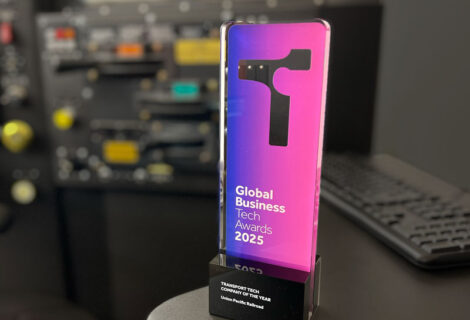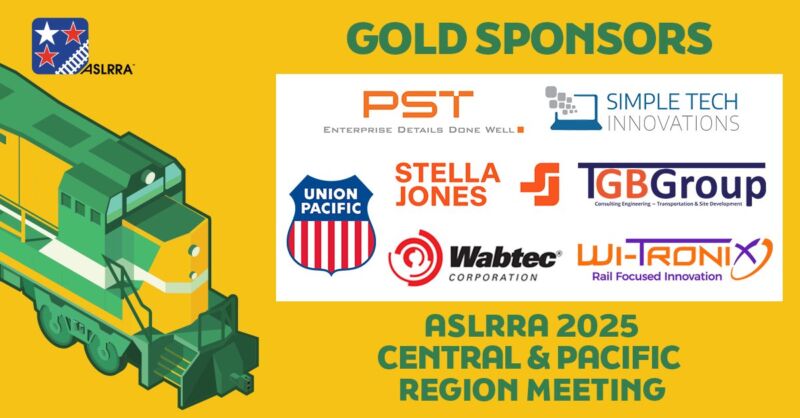Railroads and Product Management? Crazy Right?
PST’s Prasanna Rajendran was able to share his thoughts with Progressive Railroading Magazine’s April 2023 edition:
I’ve heard something surprising coming from railroads lately. They have begun referring to their overall efforts as a “Service Product.” What does this mean for rail?

Added pressure for rail now comes from customers that are willing to pay more for trucking simply to ensure a modern logistics experience for their own customers.
This reality is transforming railroad decision-making regarding CapEx, OpEx, and technology planning. For rail to deliver a safe, satisfactory shipping experience as a “product,” many things must play-nice together. The only way to make all of these different rail business silos work more effectively together is through tech-enabled operations.
Consequently, a different kind of product management is taking place to fulfill the railroad product KPIs and visibility requirements. No longer is a single-point solution, also known as a one-trick pony, a good business choice. In fact, it can quickly become a liability.
What types of things do railroads absolutely need to know while simultaneously controlling and optimizing those things? This isn’t a flippant question. Rail is big, complex and hard. Is it people? Compliance? Safety? Assets? The answer is, “yes”. Yes, to all of those plus many more.
The challenge in technology product management for rail is to completely understand the ultimate business outcome needed for rail. Rail is comprised of discreet operational needs, but ones that must also interconnect, providing autonomous improvement to other connected systems.
Furthermore, intelligence, rather than data, needs to be extracted, which can be acted upon, especially when disruptions happen. Or, as we’re learning, to create an ability to prevent disruptions.
The growing requirements of railroads joined with technologists that understand the domain, have become an essential teaming requirement. It’s not crazy for railroads to take a product mindset into their operations. It’s also not crazy to work with domain experts that create rail-centric products which enable railroads to achieve their product vision.






